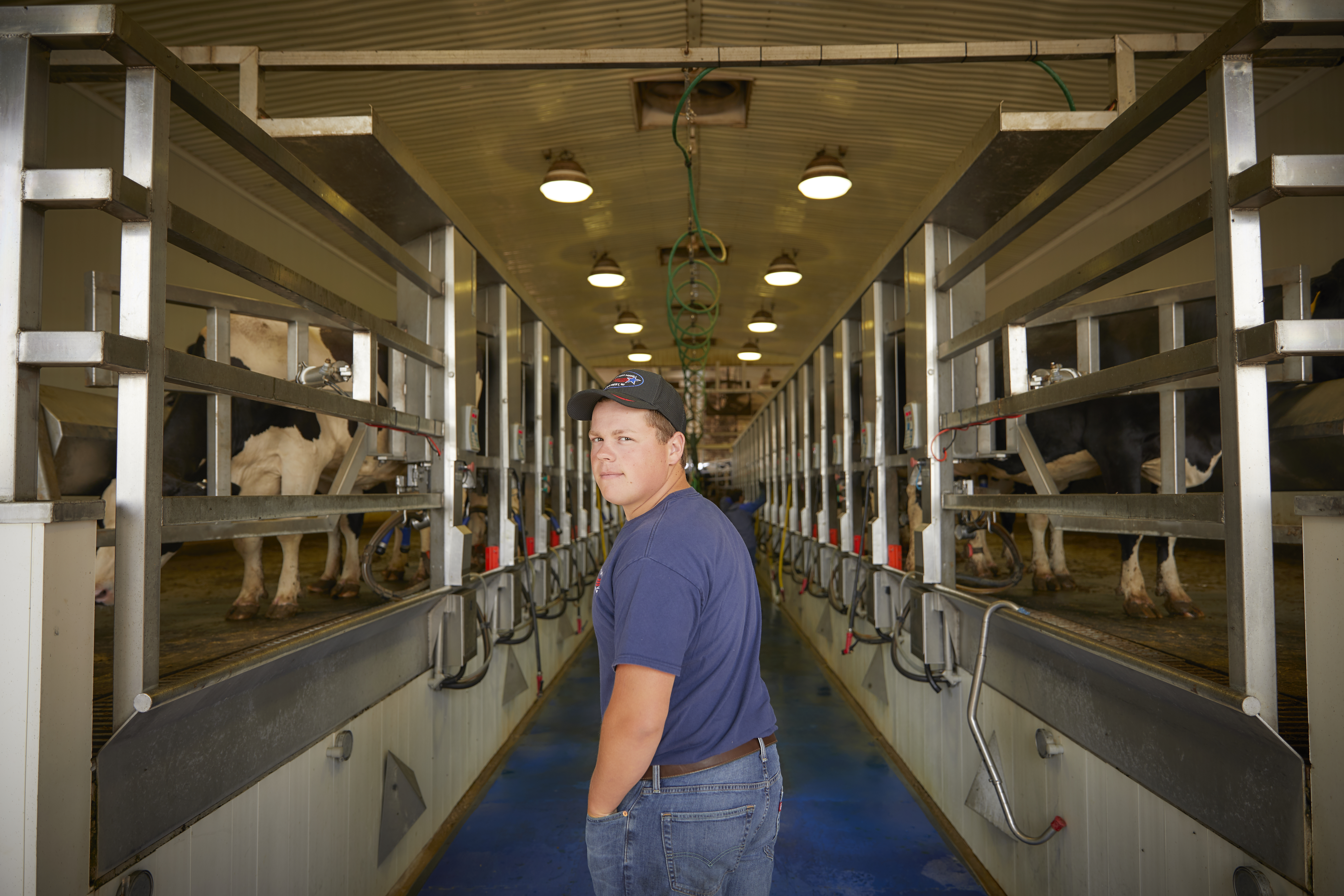
Over the past three years, expenses on dairy farms have surged significantly, with feed, wages, energy, supplies and materials all experiencing dramatic increases. Many of these expense hikes seemed beyond our control. The rise in expenses resulted in a considerable increase in production costs, with the cost of production for top-performing farms soaring from under $17/cwt. in 2018 and 2019 to well over $20/cwt in the past two years.
Although milk prices were higher during parts of this period, especially in 2022, helping offset the expense increases, they softened in 2023. This led to a considerable tightening of dairy profit margins, turning negative for some months.
As we focus on generating profit margins in 2024 and beyond, our management attention shifts to regaining control of the cost of production and reversing the upward trend of the past three years.
When evaluating the differences between dairy farms with consistently lower cost of production and those at higher cost levels, the factors contributing to the variance are generally a series of small advantages rather than one or two significant areas.
Attention to detail, high-level cow care and management, and the ability to hire and develop high-quality employees are among the distinguishing factors. Specific management strategies for reducing cost of production include the following focus areas:
- Increasing Production Per Cow and Maintaining Healthy Cows: The foundation for managing cost of production continues to be increasing production per cow and maintaining healthy cows. Higher production allows farms to spread expenses over more output, while healthy cows helps minimize the cost of herd turnover.
We observe an increasing number of Holstein herds reaching 6.5 pounds or more of combined butterfat and protein per cow per day. Additionally, they are successfully reducing removal rates from sickness or inability to breed back to less than 30% of the herd annually. Jersey and crossbred herds are also experiencing proportional increases in production. With continually improving genetics and cow management, it’s crucial to ensure that your dairy farm is on trend to increase production per cow.
- Measuring Cost of Production on an Energy or Component Corrected Basis: Butterfat and protein levels on farms have shown significant increases in recent years. To effectively compare progress on cost of production over time or with other farms, it is important to standardize for the higher component levels in the milk being produced.
- Pricing Feed to Take Advantage of Lowering Commodity Prices: Feed is the most significant area where dairy farms should be able to lower cost of production in 2024, as corn and soybean prices have dropped substantially. Depending on your location and whether you raise or buy forages, the ability to lower feed cost per cwt. of milk produced could be $.75 to $1.50 per cwt.
While the commodity trend does appear to be downward, it may be good to lock in some of the lower feed costs now for the summer and fall, as weather or other events could cause a price spike during the growing season. If feed prices do trend lower over the summer, look to extend feed contracts or hedging into the winter and next spring.
- Enhancing the Productivity of Your Workforce. Wage rates have increased significantly with the tighter labor market and higher living costs. Technology may provide options to accomplish some of the more routine tasks and allow your workers to focus on higher priority work.
Robotic teat dippers, automated feed pushers and alley scrapers are potential tools for completing repetitive tasks. Cow identification systems and improved sort gate performance are enabling more cow care work to be done as cows exit the parlor rather than spending time locking up or finding cows in the freestall barn. Reducing bottlenecks to cow flows and tightening milking protocols may enable the ability to milk cows faster through the parlor.
- Budgeting Expense Categories and Monitoring Performance Throughout the Year: Establish realistic goals for all expense categories on a monthly basis and then capture actual expenses in your financial system. This allows you to evaluate whether you are on track on a monthly or at least quarterly basis, adjusting if something is off track.
- Controlling Interest Expense by Prioritizing Capital Expenditures: Short-term interest rates have jumped almost 5 percent over the past two years. Target capital investments in items that enable higher milk production and labor efficiency (technology or dairy facility upgrades) to support a higher return to cover the interest costs. It may make sense to defer purchases that are lower return in the short term (farm equipment or land) or that can be put off until rates lower somewhat.
While it may seem like expense levels and cost of production are beyond our control, we can take steps to lower cost of production even with expenses still at elevated levels.
The foundation is continuing to increase productivity of your herd through genetics and cow care to spread expenses over higher production levels. A well-established and timely financial record system will enable you to track expense and cost of production trends to ensure you are on track to hold expenses in line with your goals.
While you may not be able to return to the levels of three or four years ago, it is reasonable to stop the uptrend and see progress in reducing cost of production in 2024.










